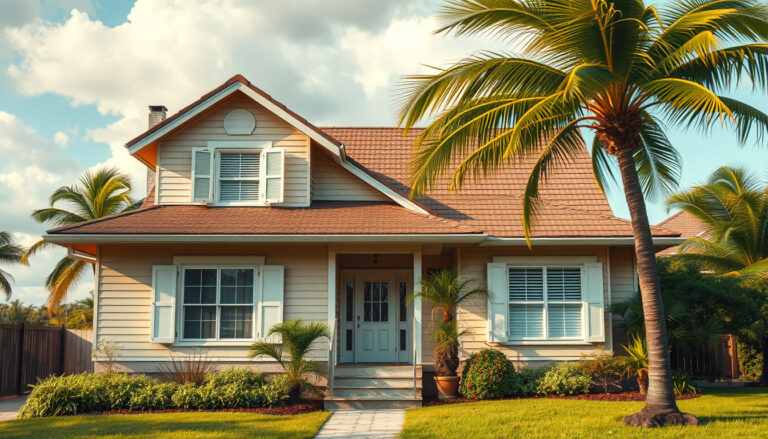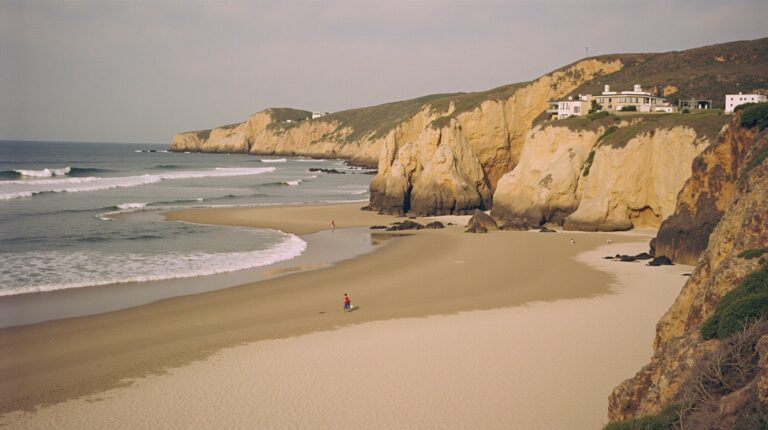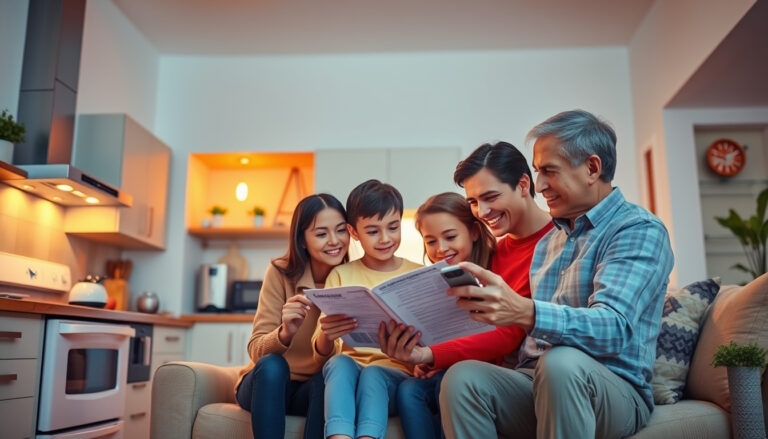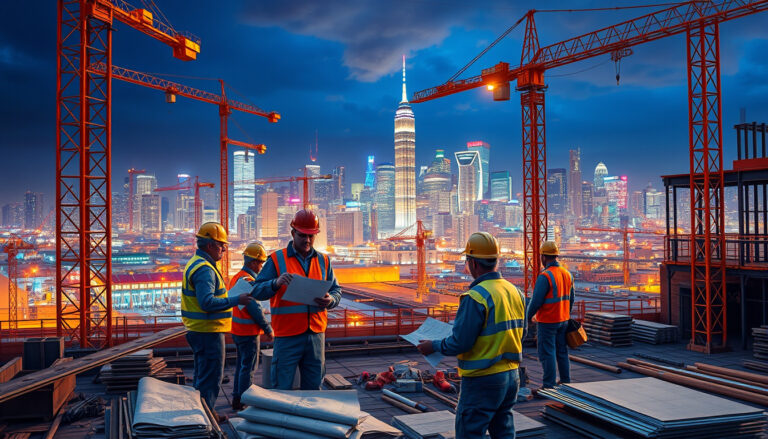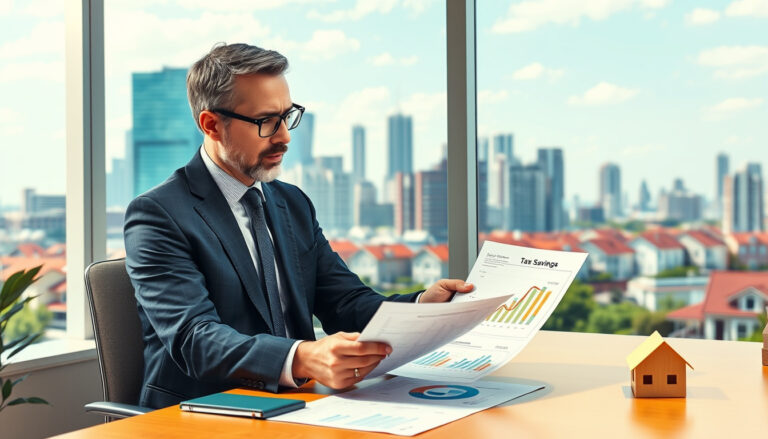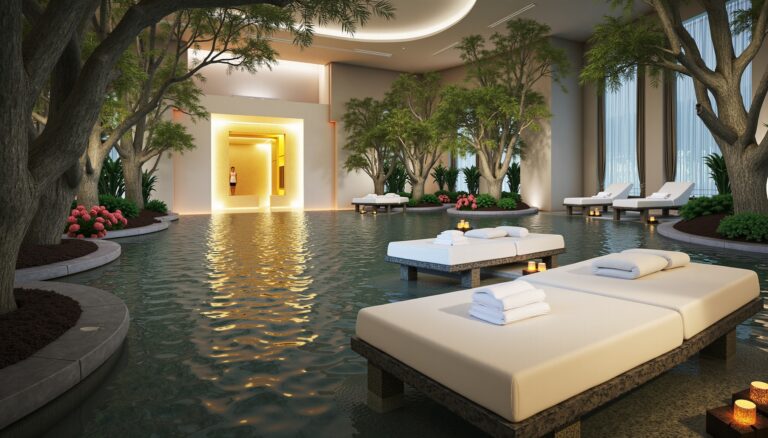In an age where environmental concerns are becoming increasingly pressing, sustainable design features are more important than ever for creating eco-friendly living spaces.
As homeowners and designers alike seek to minimize their carbon footprint and promote a more harmonious relationship with nature, understanding and implementing sustainable design elements can significantly impact both our environment and our quality of life.
This article will explore the essential sustainable design features that elevate residential spaces while prioritizing energy efficiency, renewable energy, sustainable materials, water conservation, and biophilic design.
By integrating these elements into our homes, we can pave the way for a more sustainable future.
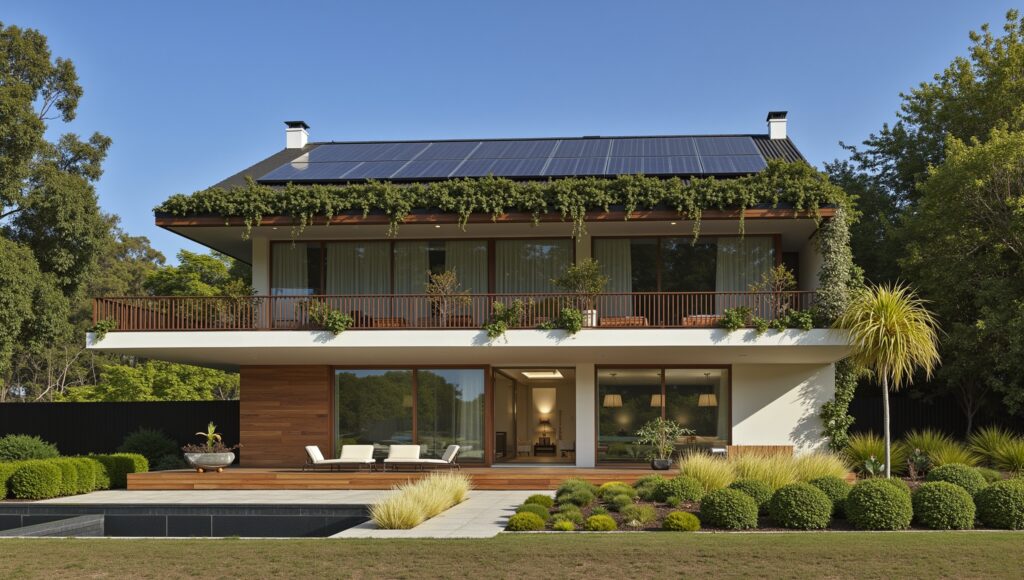
Key Takeaways
- Sustainable design focuses on minimizing environmental impact while enhancing quality of life.
- Energy efficiency is crucial for reducing utility costs and carbon footprints in eco-friendly homes.
- Incorporating renewable energy sources, such as solar panels, can significantly lower dependence on fossil fuels.
- The use of sustainable materials promotes environmental stewardship and can improve indoor air quality.
- Biophilic designs that connect people with nature can enhance well-being and productivity in living spaces.
Introduction to Sustainable Design
Sustainable design features are increasingly becoming a vital aspect of modern architecture, aimed at minimizing environmental impact while enhancing the quality of life for its inhabitants.
At its core, sustainable design emphasizes the use of eco-friendly materials, energy-efficient systems, and a harmonious relationship with the surrounding environment.
This approach not only reduces carbon footprints but also promotes biodiversity through the integration of native plants in landscaping and the use of water-saving technologies.
By focusing on natural light, optimized ventilation, and renewable energy sources, sustainable design features offer both aesthetic appeal and long-term economic benefits, making them a key consideration for new developments and renovations alike.
As more homeowners, architects, and builders recognize the importance of sustainability, these features are becoming a significant element in the construction of energy-efficient homes and commercial spaces.
The Importance of Energy Efficiency
In the realm of Costa Rica real estate, the importance of energy efficiency cannot be overstated.
Homebuyers are increasingly seeking properties that embody sustainable design features, which not only contribute to environmental conservation but also lower utility costs in the long run.
Incorporating these design features—such as solar panels, high-efficiency windows, and energy-star appliances—enhances the livability and value of homes in this beautiful tropical paradise.
Additionally, with Costa Rica’s commitment to sustainability and eco-friendliness, investing in real estate that prioritizes energy efficiency aligns perfectly with the country’s broader goals of promoting a greener future.
Thus, potential homeowners and investors alike are encouraged to look for properties that showcase these innovative sustainable design features, ensuring they make an impactful decision for both their lifestyle and the planet.
‘The greatest threat to our planet is the belief that someone else will save it.’ – Robert Swan
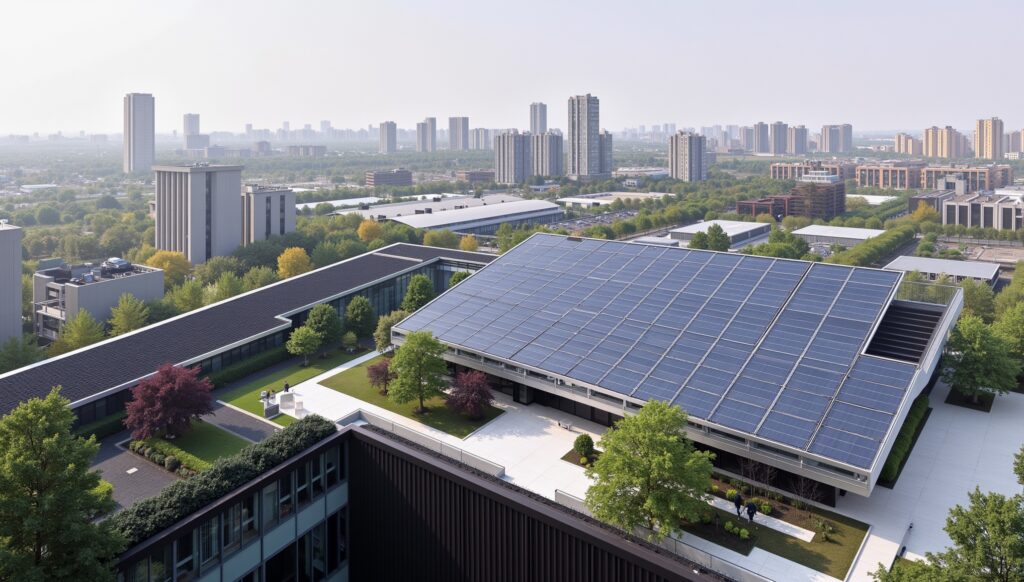
Incorporating Renewable Energy Sources
Incorporating renewable energy sources is a key element of modern sustainable design features in Costa Rica real estate.
With the country’s commitment to environmental sustainability, homeowners and builders are increasingly looking for ways to reduce their carbon footprint and harness natural energy.
For example, solar panels are becoming a common feature in new properties, allowing residents to generate their own electricity and save on utility bills.
Additionally, innovations like rainwater harvesting systems and energy-efficient appliances enhance the eco-friendliness of homes.
By integrating these sustainable design features, property owners not only contribute to the preservation of Costa Rica’s lush landscapes but also create a more cost-effective and environmentally responsible living experience.
Sustainable Materials and Their Benefits
Sustainable materials and their benefits play a crucial role in the construction and renovation of properties, especially in areas like Costa Rica, where ecological preservation is a priority.
When integrating sustainable design features into real estate projects, investors and homeowners can significantly reduce their environmental footprint while enhancing the aesthetic appeal and durability of their properties.
Materials such as bamboo, recycled steel, and reclaimed wood are not only eco-friendly but also provide unique character to homes and commercial spaces.
Utilizing these materials often leads to energy savings, as they help create well-insulated environments, reducing the need for excessive heating and cooling.
Moreover, homes designed with sustainability in mind can attract a growing market of eco-conscious buyers, enhancing their value in the competitive Costa Rica real estate market.
By embracing sustainable design features, you not only contribute to the safeguarding of Costa Rica’s rich biodiversity but also invest in a trend that is poised to become increasingly relevant in the global real estate sector.
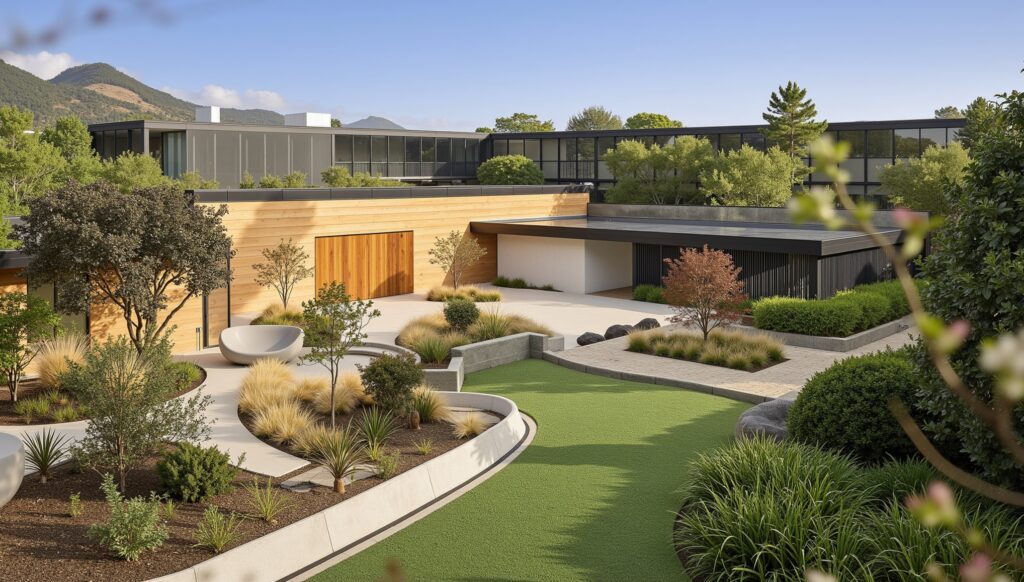
Water Conservation Techniques in Design
As the global community becomes increasingly aware of the importance of preserving water, sustainable design features in architecture and landscape planning have gained significant traction.
Effective water conservation techniques are vital for ensuring that both residential and commercial spaces minimize their water usage while promoting a healthier environment.
One prominent method is the implementation of rainwater harvesting systems, which capture and utilize rainwater for irrigation and non-potable uses, thereby reducing dependency on municipal water supply.
Additionally, incorporating xeriscaping—a landscaping method that emphasizes drought-resistant plants—can significantly decrease outdoor water consumption.
Another effective sustainable design feature is the installation of permeable paving, allowing rainwater to seep into the ground rather than run off into storm drains, which helps recharge groundwater sources.
By integrating these water conservation techniques into sustainable design, we can create functional spaces that are not only aesthetically pleasing but also contribute positively to the environment.
Creating Biophilic Spaces for Well-Being
Creating biophilic spaces has gained significant traction in the realm of sustainable design features, focusing on integrating nature into the built environment for the well-being of occupants.
This approach not only enhances aesthetic appeal but also positively impacts mental and physical health.
Incorporating elements like natural light, living walls, and water features fosters a connection to the outdoors, promoting tranquility and reducing stress levels.
By utilizing sustainable design features such as eco-friendly materials and energy-efficient systems, developers and homeowners alike can create harmonious spaces that not only benefit residents but also the environment.
As Costa Rica emphasizes sustainability in its real estate market, designing with biophilia in mind aligns perfectly with the country’s commitment to preserving its lush landscapes while catering to the well-being of its inhabitants.
Frequently Asked Questions
What are sustainable design features?
Sustainable design features are design elements and practices that aim to reduce negative environmental impacts while promoting resource efficiency and enhancing the quality of life.
This includes energy-efficient systems, renewable energy sources, sustainable materials, and water conservation techniques.
Why is energy efficiency important in sustainable design?
Energy efficiency is crucial because it reduces energy consumption, lowers utility costs, decreases greenhouse gas emissions, and minimizes the building’s overall environmental footprint.
Implementing energy-efficient design can lead to healthier indoor environments and increased comfort for occupants.
What renewable energy sources can be incorporated into sustainable design?
Sustainable design can incorporate various renewable energy sources, such as solar panels, wind turbines, geothermal systems, and biomass.
Integrating these sources helps to reduce reliance on fossil fuels and lowers electricity costs, contributing to a more sustainable future.
How do sustainable materials benefit eco-friendly living?
Sustainable materials are often sourced from renewable resources, are recyclable, and have a lower environmental impact during their lifecycle.
They help reduce waste, lower carbon footprints, and can improve indoor air quality, making for a healthier living space.
What are biophilic spaces and how do they contribute to well-being?
Biophilic spaces design incorporates natural elements, such as plants, natural light, and water features, into the built environment.
These spaces promote well-being by enhancing mood, reducing stress, and improving overall mental health, thus supporting the connection between people and nature.
